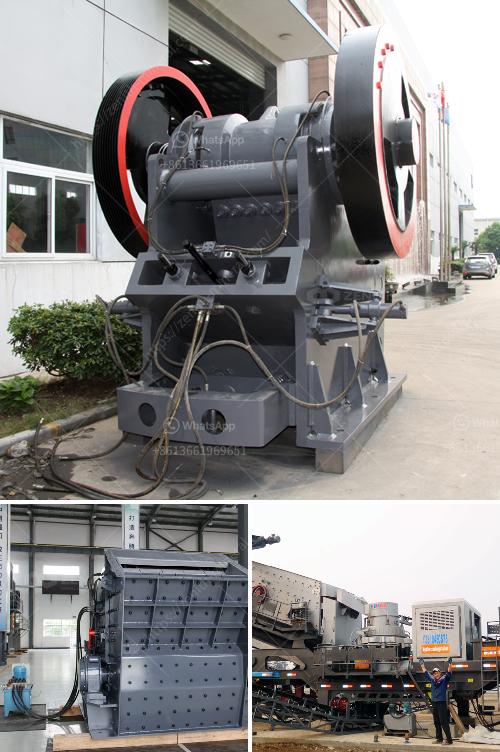To calculate the size reduction ratio of a crusher, you need to understand the relationship between the feed size and the product size. The size reduction ratio is a measure of the extent to which the material is reduced in size by the crusher. Here’s a detailed explanation of how to calculate it:
The size reduction ratio (also known as the reduction ratio) is defined as the ratio of the feed size to the product size. It is a measure of how much the material is reduced in size by the crusher.
The size reduction ratio can be calculated using the following formula:
\[ \text{Size Reduction Ratio} = \frac{\text{Feed Size}}{\text{Product Size}} \]
Where:
Determine the Feed Size: Measure the size of the material before it enters the crusher. This is typically done by taking the average size of the material, which can be determined by sieving or other measurement techniques.
Determine the Product Size: Measure the size of the material after it has been crushed. Similar to the feed size, this can be done by taking the average size of the material after it has passed through the crusher.
Apply the Formula: Use the formula mentioned above to calculate the size reduction ratio.
Suppose you have a crusher with the following measurements:
Using the formula:
\[ \text{Size Reduction Ratio} = \frac{100 \text{ mm}}{25 \text{ mm}} = 4 \]
This means the size reduction ratio is 4, indicating that the material has been reduced to one-fourth of its original size.
By understanding and calculating the size reduction ratio, you can optimize the performance of your crusher and ensure that it meets the requirements of your specific application.
